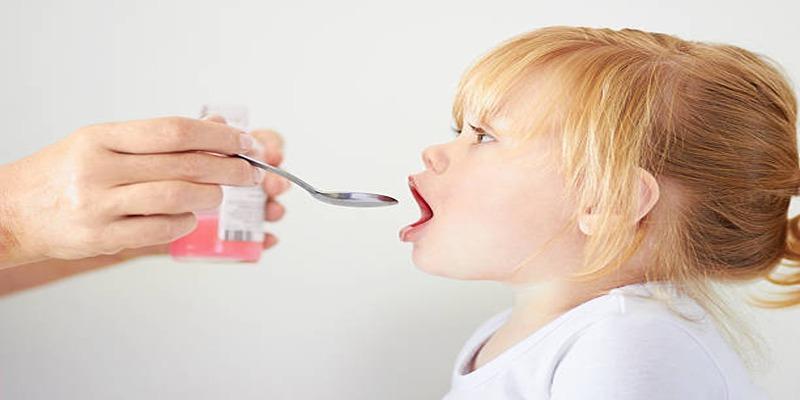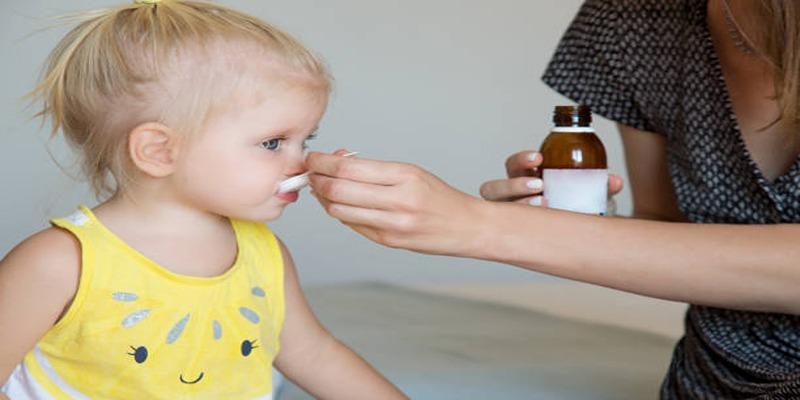Administering medication to children can be a challenging task for many parents. Ensuring proper dosage, timing, and compliance can feel overwhelming, especially when dealing with uncooperative little ones. This guide aims to simplify the process by providing practical tips and strategies to help parents safely and effectively manage their child’s medication routine.

The amount of medicine that the treatment receives is the basis of good therapy. On the one hand, excessive amounts can be not helpful, and on the other hand, excessive amounts can be detrimental. It is essential to resistantly adhere to the recommendations of the healthcare professional as well as to review the label each time parents administer a medicine.
The devices for measuring medicine are included with the medicine because they are effective and thus can be used instead of household spoons, which differ in size and therefore lead to errors.
Medicine should also be treated at the correct times. Irregular timing may decrease the work ability or increase the recovery. To make sure parents are on time, it is possible to create phone notifications, medication reminders, or a simple chart on the fridge.
Different kinds of medicine have varying effects on children and it can help them to get acquainted with it.
The environment under which medicine is administered has a strong effect on the response of the children. A hurry or nervous style of do things can increase nervousness whilst an easy-going relaxed style can lead to co-operation. Parents ought to make attempts to make the process look like a normalcy as opposed to a punishment or a fight.
Explaining in simple language why the medicine is needed—such as “this will help your cough go away”—helps children understand its purpose. Offering small choices, such as where they want to sit or which drink to have afterward, gives them a sense of control. Praising their efforts or providing a small non-food reward reinforces positive behavior and makes future doses easier.
However, resistance has been a common thing, and it is common to see resistance especially in children lacking years of experience and feel uneasy around medicine. Making the process a conflict hardly ever works and can be destructive to trust. Rather, it is done through innovative and collaborative approaches which lead to improved outcomes.
Some medications are better absorbed when taken with a small amount of food or even a drink; however, this practice should only be done on the advice of a healthcare provider. Cold food, like yogurt or applesauce, may help bitter flavors to decrease, and it is easy to swallow. The other way is gradual introduction: the demonstration of the medicine, allowing the child to hold a syringe, and take it a bit part of it until he or she is willing to swallow.
Throughout the medicine administration process, safe administration is not only the issue of administering but also the way I am keeping the medicine and the manner in which I am dealing with it. Employees must never empty medicine containers and dispose of labels since most of the packing may contain significant instructions. They need to be stored in a cool, dry darkening place without exposure to sunlight except when the label indicates that they require refrigeration.
Most importantly, it should have premedicines kept out of the reach of children in a safe place. Happy fingers can assume they are candy. The high shelves or lockable cabinets should be effective solutions. It is also important that parents verify dates of expiry. The effectiveness of expired medicine might be lost or give undesired results.
Healthcare suppliers can be an asset towards safe administration of medicine. The parents are supposed to be confident in the targeting of the appropriate and correct way, time and the potential side effects of the procedure. In case a child has issues with taste/swallows, one of the options that would be offered by professionals is flavor liquids or lower doses of tablets.
Useful is the maintenance of a record tract that comprises the dosage of the medicine name and schedule. This does not only guarantee the accuracy at home, but also clarity in terms of being taken up in case of an emergency visit or follow-up appointments. When the child has more than one adult the caregivers, teachers, or babysitters taking care of them, it is best to share these records to avoid confusion in keeping human services records.
It is much more likely that when medicine is incorporated into an expected schedule, children will respond well. Like by associating it with day to day routines like tooth brushing, having breakfast, or reading a story before going to sleep, it becomes formatted and will not be seen with much opposition. They start anticipating medicine at one stage, thereby less disruptive.
The routine can be converted into an inspirational exercise with the help of such visual aids as sticker charts or a calendar. These tools can also be taken as the handy record, and parents can keep track of administered doses and prevent an error. Records and routines in a family where care is shared can give continuity, which ends the chances of missing and re-administering of doses.

With the maturity of the child, the child becomes increasingly responsible in his own medication. The steps of this process must be led under influence and control, but may begin with small steps. Having parents supervising the measurement of a liquid may be crucial to the progress of a child (due to time restriction and control of about 500-600mg intake). Older children may mark a chart each time they take medicine; checking in the time may protect against storage problems.
These practices foster independence, build confidence, and prepare them for the future when they will need to manage their health on their own. Parents should continue to provide oversight until they are sure the child fully understands the importance of accuracy and safety.
Even with good intentions, parents may occasionally make mistakes. The most frequent include:
Awareness is the best prevention. Double-checking each step and maintaining a clear log helps minimize risks and ensures consistent care.
Administering medicine to children can be daunting, but it does not have to be a constant struggle. With accurate dosing, safe storage, calm communication, and creative strategies to reduce resistance, parents can manage this responsibility effectively. Building routines, involving children in age-appropriate ways, and maintaining open communication with healthcare professionals further strengthen the process.
 TOP
TOP
Curious about when to claim your Social Security benefit? Learn how age, health, income, and other personal factors influence this important decision and shape your retirement future
 TOP
TOP
The joys of spontaneous travel with tips for unplanned adventures, packing light, and connecting with locals for unforgettable experiences.
 TOP
TOP
Discover thrilling day trips near Cape Town, featuring stunning landscapes, cultural experiences, and adventure for every traveler.
 TOP
TOP
Discover the truths and misconceptions about medical research studies in this insightful article.
 TOP
TOP
The benefits of outdoor activities for improving physical and mental well-being.
 TOP
TOP
Discover the truth about cold weather and its link to sickness in this science-based article.
 TOP
TOP
Identify emotional clutter and discover practical ways to declutter your mind for clarity and peace.
 TOP
TOP
Debunking 7 common myths about Alzheimer’s and dementia for clearer understanding.
 TOP
TOP
Untreated GERD can cause esophagus damage, Barrett’s esophagus, dental erosion, and cancer. Learn symptoms, risks, and why early treatment matters for health.
 TOP
TOP
Aphantasia affects mental imagery, memory, and creativity. Explore its causes, cognitive impacts, coping strategies, and real-life adaptations for navigating life without a mind's eye.
 TOP
TOP
Mental health shapes our well-being, productivity, and equality. Learn why it matters for everyone and discover ways to build stronger support systems.
 TOP
TOP
Learn to identify whether your eyelid bump is a stye or a chalazion, understand the causes and symptoms, and explore effective treatment options for better eye health and comfort.